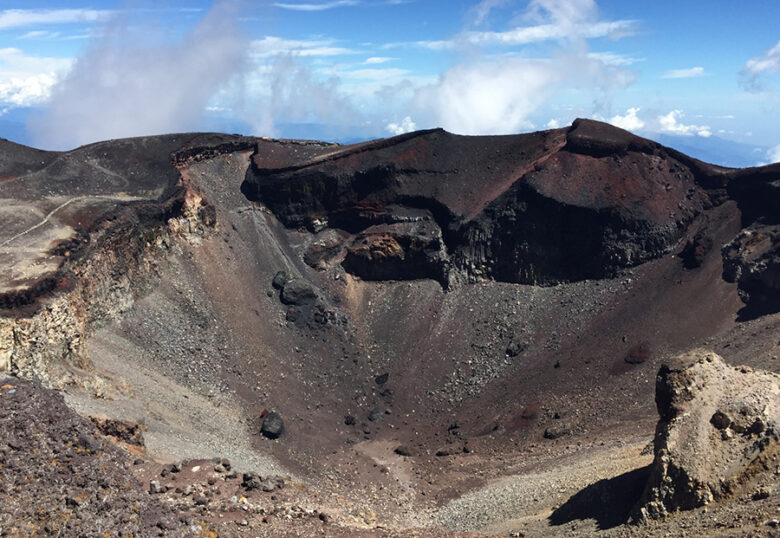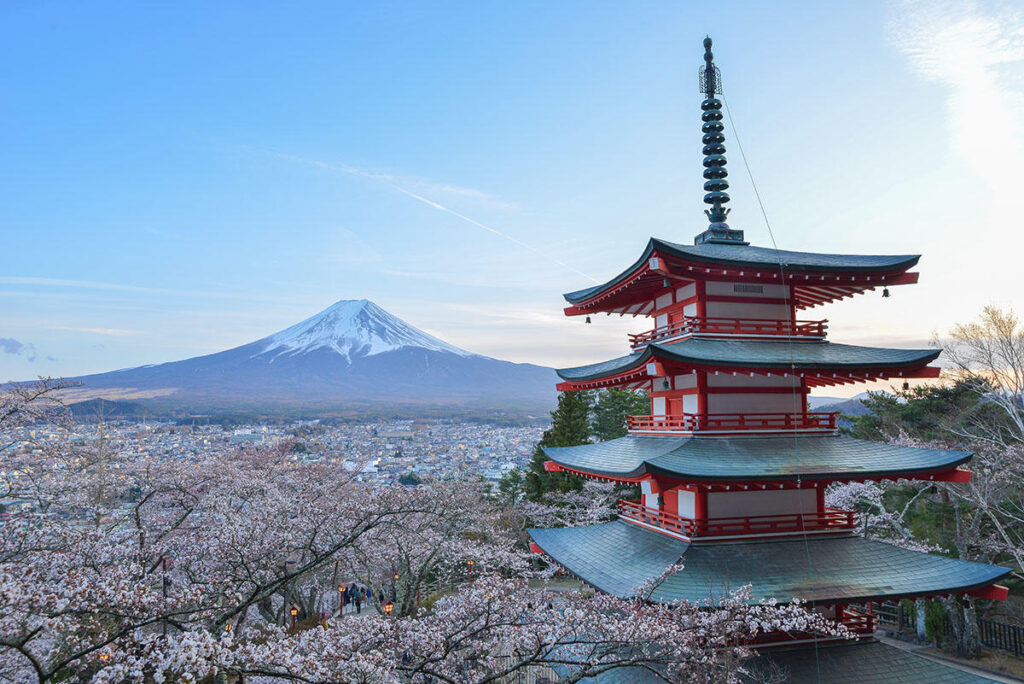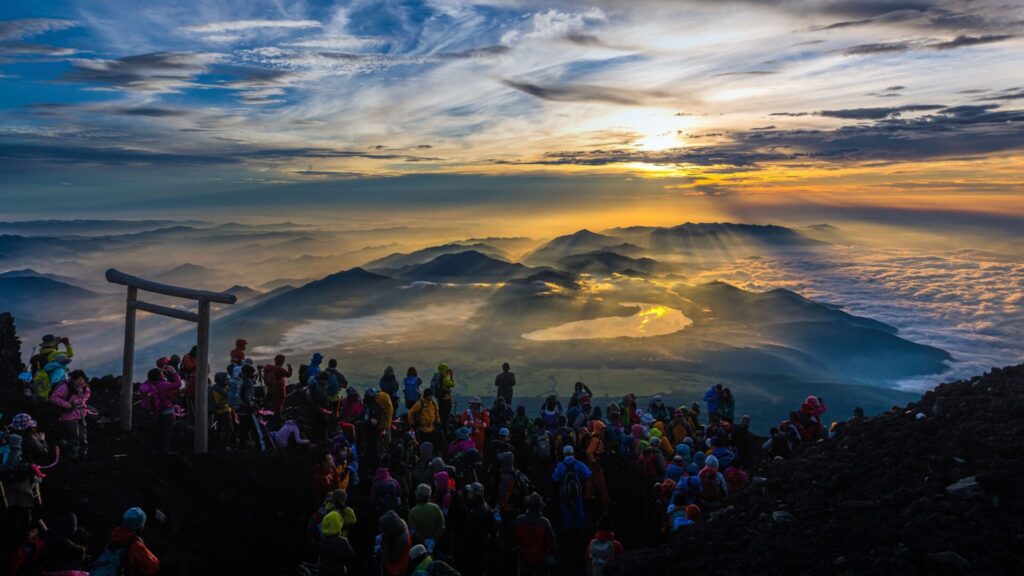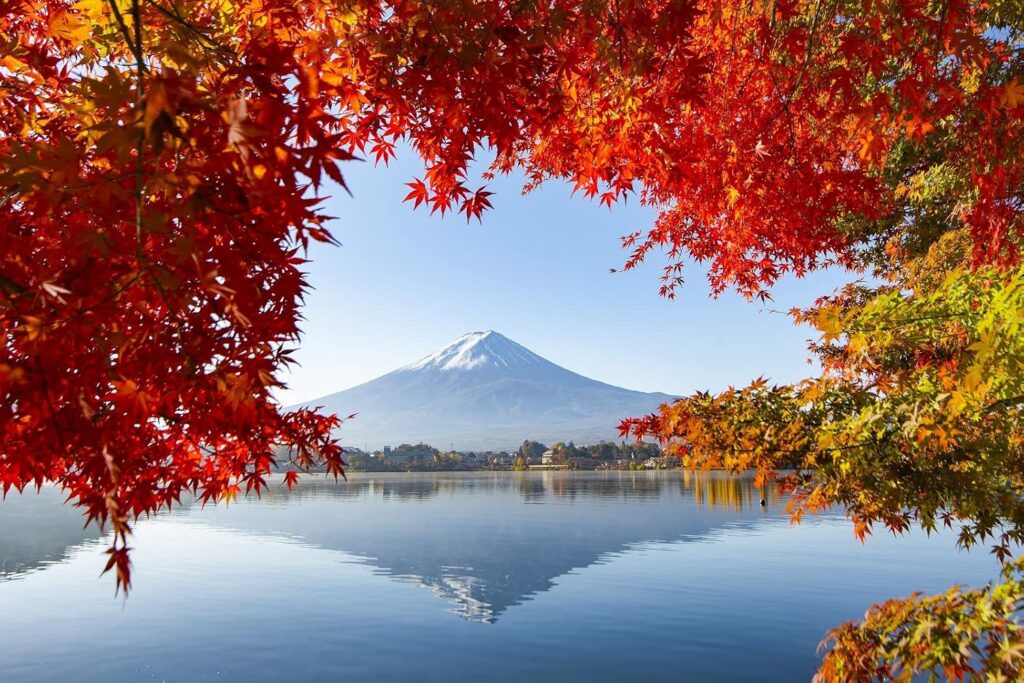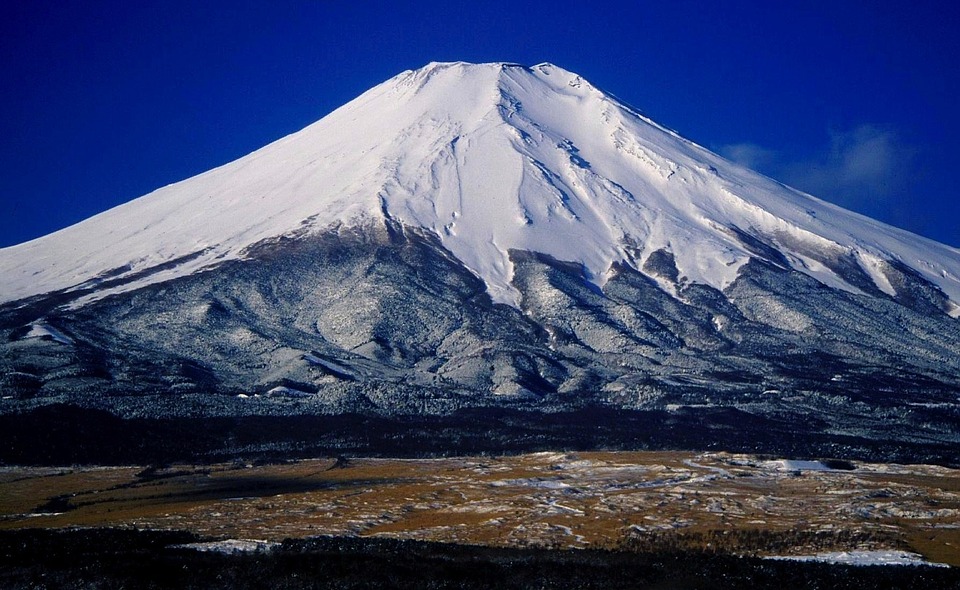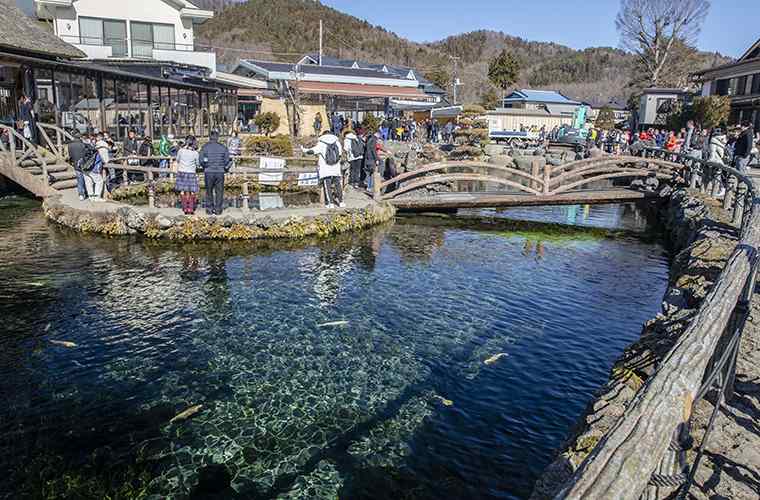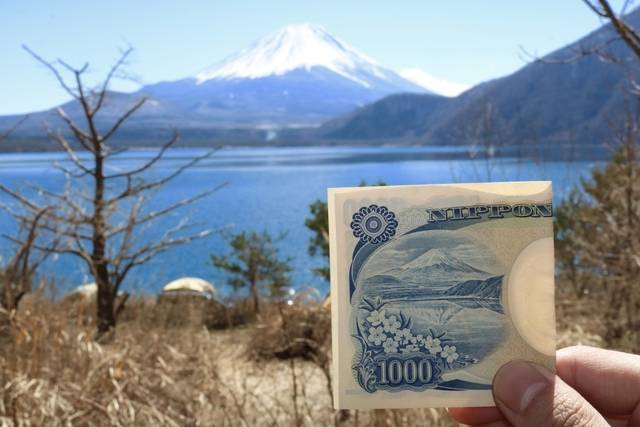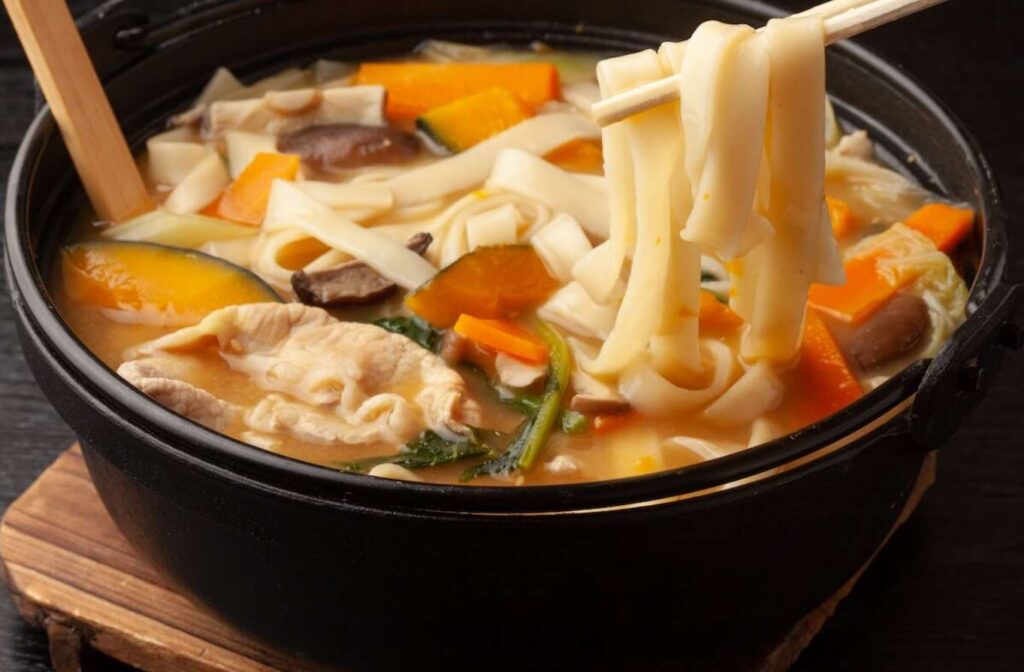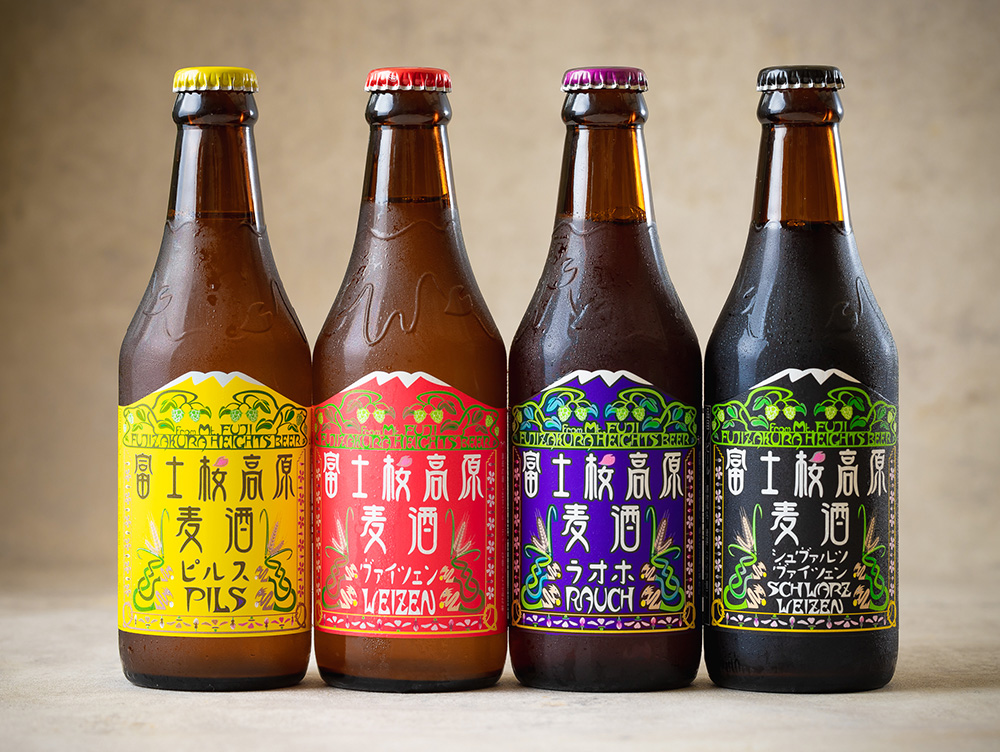Mt.Fuji
Mt. Fuji: An Iconic Destination of Japan
Mt. Fuji is a symbol of Japan, a destination that combines stunning natural beauty with profound cultural significance, captivating both domestic and international visitors alike.
Standing at 3,776 meters, Japan's tallest Mt.ain is renowned for its perfect conical shape, which has inspired countless works of art and literature throughout history. In 2013,
it was recognized as a UNESCO World Cultural Heritage site, further solidifying its global status.
In recent years, the rise of social media has amplified Mt. Fuji's appeal worldwide, attracting a more diverse range of visitors.
Through photos and videos shared online, classic tourist spots are gaining popularity, and hidden gems and niche locations around Mt. Fuji are also coming into the spotlight.
This article explores Mt. Fuji's seasonal beauty, history and cultural importance, climbing experiences, surrounding attractions, new tourism trends, and unique culinary delights to help you uncover its multifaceted charm.
The Seasonal Beauty of Mt. Fuji
Mt. Fuji reveals different expressions in Japan’s four seasons, offering unique delights throughout the year.
The interplay between Mt.ain's majestic form and Japan's distinct seasonal changes leaves a lasting impression on visitors.
Spring: The Harmony of Cherry Blossoms and Mt. Fuji
Spring is one of the most popular seasons to visit Mt. Fuji, especially for the breathtaking combination of cherry blossoms and the snow-capped peak.
The contrast of vibrant pink blooms against the Mountain's white summit creates a scene of unparalleled beauty.
Around Lake Kawaguchi, visitors can enjoy iconic views of Mt. Fuji framed by cherry blossoms.
Arakurayama Sengen Park, with its five-story pagoda overlooking Mt. Ain, has become globally famous thanks to photos shared on social media.
This picturesque spot epitomizes the beauty of Japan in springtime.
Summer: Climbing Season Begins
Summer marks the start of the climbing season at Mt. Fuji. From early July to early September, climbers worldwide flock to ascend its trails.
The Mt.ain offers four main climbing routes, each providing distinct scenery and experiences.
The Yoshida Route is ideal for beginners, while the Fujinomiya Route offers the shortest path to the summit.
The Gotemba Route provides a serene climb with fewer crowds, and the Subashiri Route is famous for its thrilling sandy descent.
Watching the sunrise from the summit, known as goraikō, is a profoundly moving experience for many climbers.
In recent years, "starry night climbs" have gained popularity on social media, with visitors ascending at night to marvel at the star-filled skies and sea of clouds.
These awe-inspiring vistas are increasingly drawing nature lovers and photographers.
Autumn: Vibrant Colors and Mt. Fuji
Autumn brings brilliant hues of red and gold to Mt. Fuji's surroundings.
This season is perfect for hiking and scenic drives. The "Momiji Corridor" (Maple Leaf Corridor) near Lake Kawaguchi is trendy, offering stunning views of autumn foliage against Mt.ain and the shimmering lake.
Another autumn highlight is the tranquility of the Fuji Five Lakes area, where mountain reflection in the still waters creates a serene and picturesque setting.
Photographers often target this season for its crisp air and vivid colors, which make Mt. Fuji’s silhouette even more striking.
Winter: Snow-Capped Majesty
Mount Fuji is most magnificent in winter, blanketed in pure white snow.
The crisp winter air allows for precise, uninterrupted mountain views, even from a distance, leaving visitors in awe.
Social media has made snowy Mount Fuji even more popular, mainly photos of hot springs with the Mountain as a backdrop.
Many accommodations in the Kawaguchi and Yamanaka Lake areas feature open-air baths, where guests can soak while admiring the majestic winter scenery.
Seasonal events like winter illuminations also showcase a magical, illuminated Mount Fuji, earning praise from international tourists.
The History and Cultural Significance of Mt. Fuji
Mt. Fuji is a natural wonder and a profoundly sacred site in Japanese culture.
It has been revered as a holy Mt.ain for centuries, attracting pilgrims and believers of Mt.ain worship.
The Okumiya Shrine, located at the summit of Mt. Fuji, symbolizes the Mountain's spiritual significance.
At the base of the Mt.ain lies the Fujisan Hongu Sengen Taisha Shrine, where the annual "Mt. Fuji Climbing Festival" expresses gratitude to the mountain deities.
Mt. Fuji also holds a special place in Japanese art. Katsushika Hokusai’s famous woodblock print series Thirty-Six Views of Mt. Fuji vividly depicts Mt.ain's diverse beauty.
These works exemplify how Mt. Fuji has been cherished as a cultural icon throughout history.
New Attractions Popularized by Social Media
Social media has brought attention to lesser-known yet stunning spots around Mt. Fuji.
Here are a few that have become must-visit destinations.
Oshino Hakkai
Oshino Hakkai is a collection of crystal-clear spring ponds selected as one of Japan’s top 100 water sources.
In the early morning, the reflection of Mt. Fuji in these tranquil waters creates an ethereal scene.
Photographers and nature enthusiasts often describe it as a hidden gem.
The "1,000-Yen Viewpoint"
Located at Lake Motosu, this viewpoint features the same iconic view of Mt. Fuji as depicted on the Japanese 1,000-yen note.
The stunning sight of the Mt.ain mirrored in the lake at sunset has made it a favorite among visitors.
Narusawa Ice Cave
The Narusawa Ice Cave, a natural volcanic cave created by Mt. Fuji’s eruptions, is a hidden treasure.
The cave stays cool even in summer and is filled with fascinating ice pillars, offering visitors a unique, otherworldly experience.
Local Food Culture and Instagram-Worthy Cuisine
No visit to Mt. Fuji would be complete without savoring the local delicacies.
Both Yamanashi and Shizuoka prefectures offer a variety of unique dishes and visually appealing treats that delight visitors.
Hōtō
Hōtō, a traditional Yamanashi dish, features thick noodles and seasonal vegetables in a hearty miso soup.
This warm, comforting meal is perfect after exploring Mt. Fuji’s attractions.
Mt. Fuji Soft Serve
Soft serve ice cream, with a blend of white and blue colors designed to resemble Mt. Fuji, has gained popularity on social media.
It’s a fun and delicious treat for visitors.
Local Craft Beer
Tourists love craft beers brewed in Mt. Fuji’s pristine spring water, such as Fujizakura Kōgen Beer and Mt. Fuji Beer.
They also make excellent souvenirs.
Access to Mount Fuji
Reaching Mt. Fuji is easier than ever, thanks to well-developed transportation options connecting the area to major cities like Tokyo, Osaka, and Nagoya.
Whether traveling by train, bus, or car, visitors can choose a method that best suits their itinerary and preferences.
Here is a comprehensive guide to accessing Mount Fuji:
By Train
1. From Tokyo to Kawaguchiko (Fuji Five Lakes Area):
- Take the JR Chuo Line from Shinjuku Station to Otsuki Station (approx. 1.5 hours by Limited Express train).
- Transfer to the Fujikyu Railway Line and ride to Kawaguchiko Station (approx. 1 hour).
This route is ideal for travelers visiting the Fuji Five Lakes area, a hub for exploring Mount Fuji and its surrounding attractions. The train journey offers scenic views and comfortable seating, making it a popular choice.
2. From Tokyo to Gotemba Area:
- Take the JR Tokaido Line or a Shinkansen (bullet train) to Odawara Station, then transfer to the JR Gotemba Line and ride to Gotemba Station (approx. 2 hours).
Gotemba is a convenient base for exploring the southern side of Mount Fuji or visiting the famous Gotemba Premium Outlets, a shopping and dining destination with views of the Mountain.
3. From Osaka/Nagoya via Shinkansen:
- Take the Tokaido Shinkansen from Osaka or Nagoya to Mishima Station (approx. 3 hours from Osaka, 1 hour from Nagoya).
- Transfer to a local bus bound for Fujinomiya or Kawaguchiko (approx. 1.5–2 hours).
This option is ideal for visitors from the Kansai region or central Japan, providing both speed and convenience.
By Bus
1. Direct Highway Buses from Tokyo:
Several highway buses depart from major Tokyo stations, such as Shinjuku, Tokyo, and Shibuya, directly to Mount Fuji's main tourist areas. Popular routes include:
- Shinjuku Expressway Bus Terminal to Kawaguchiko Station (approx. 2 hours).
- Tokyo Station to Mount Fuji 5th Station (approx. 2.5 hours).
Highway buses are a budget-friendly option and are equipped with comfortable seats and onboard facilities.
2. Access to the Subaru Line 5th Station (Climbing Starting Point):
During the climbing season (July–September), buses operate from Kawaguchiko Station and Fujisan Station to the Subaru Line 5th Station, the most popular starting point for climbers. The ride takes approximately one hour.
By Car
Driving is an excellent option for those who value flexibility and wish to explore multiple areas around Mt. Fuji at their own pace.
Rental cars are available in Tokyo and nearby cities.
1. From Tokyo:
- Take the Chuo Expressway or Tomei Expressway to Mount Fuji. Depending on traffic, the drive to Kawaguchiko takes approximately two hours.
2. From Nagoya/Osaka:
- To reach the Fuji area, use the Tomei Expressway. The journey from Nagoya takes around 3.5 hours, while the drive from Osaka takes approximately five hours.
Parking is available at many tourist spots, including the Subaru Line 5th Station and Kawaguchiko area.
Seasonal Access Tips
- Climbing Season (July–September): Public transportation services, including buses to the 5th Station, are frequent and well-organized. It is advisable to book bus tickets in advance, especially during peak times.
- Winter Season: Some roads and trails may close due to snow and ice. Visitors should check local weather conditions and road closures before traveling.
Local Transportation Around Mount Fuji
Once you arrive at the base of Mount Fuji, local transportation options make it easy to navigate the area:
- Fujikyuko Buses: Convenient for getting around the Fuji Five Lakes area, with stops at major attractions like the Chureito Pagoda, Lake Kawaguchi, and Oishi Park.
- Rent-a-Cycle Services are available in the Kawaguchiko area for those who want a leisurely ride with views of Mount Fuji.
- Tourist Shuttle Buses: Operate between critical sights and provide a hassle-free way to explore the region without a car.
With these accessible transportation options, planning a trip to Mount Fuji has never been easier.
Whether you’re a climber, a photographer, or a nature enthusiast, getting to this iconic Mountain is a seamless journey.
Conclusion
Mt. Fuji is a one-of-a-kind destination where Japan's natural beauty and cultural heritage converge.
Its majestic landscapes, rich history, and diverse experiences continue to captivate visitors from around the globe.
Moreover, in the age of social media, new attractions and unique perspectives on Mt. Fuji are constantly being discovered, offering travelers fresh ways to enjoy this iconic symbol of Japan.
Whether you climb to its summit, explore its surroundings, or gaze at its beauty from afar, visiting Mt. Fuji promises unforgettable memories.

